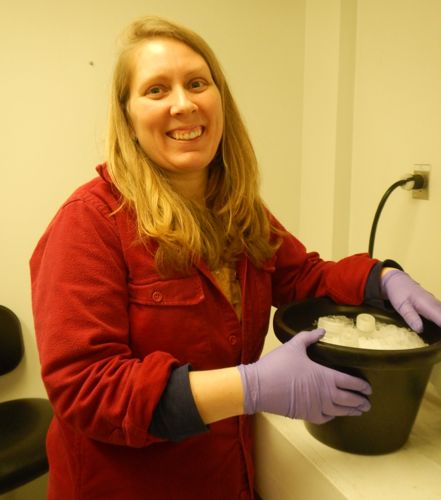
Actually, we all are very busy. Always. Even when we are doing nothing. Homeostasis takes a lot of work and a lot of energy. And a key component to making that happen is...you guessed it - OXYGEN. So let me introduce you to Dr. Theresa Grove. She's down here working with the team. She's from Valdosta State in Georgia. She's studying the oxygen consumption in liver and heart cells. She's also an amazing baker and photographer, but we'll get to that later. First let's look at how she gets all the way down to the level of a single cell and examines its oxygen consumption. Let's start with the Need to Know info. My students will recognize that phrase. There are three types of fish in this research - our icefish which have white blood and white hearts (no hemoglobin, no myoglobin). There are, as you now know, 10 species of icefish that have white blood, red hearts (no hemoglobin, yes on myoglobin). And there are the good old red-blooded fish with red hearts full of hemoglobin and myoglobin.
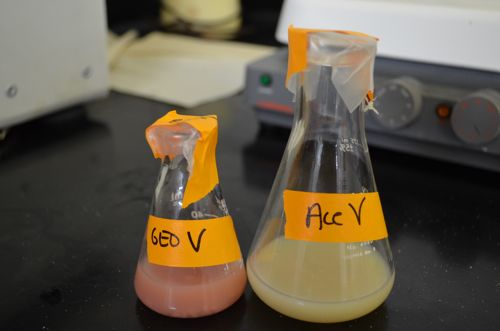
So if you remember, natural byproducts of the metabolism of oxygen are free radicals and reactive oxygen species (ROS). These molecules cause damage also known as oxidative stress. This is particularly true in the presence of iron. Iron is found in hemoglobin and myglobin. One might logically conclude that the red-blooded fish have more lipid and protein damage because of their higher levels of iron. It might be a reasonable hypothesis to say that the white-blooded fish have an advantage here and that the fish with only myoglobin would come somewhere in between the two. In fact, that is Theresa's working hypothesis. How Theresa does this is pretty cool. First she takes samples of the heart tissue and the liver tissue from the three types of fish. She puts the sample in a solution containing an enzyme that breaks down the connective tissue, the collagen. Think about it, the cells have to be connected somehow, right? Sort of like pulling the tissue apart so that you have the tiny individual pieces, the cells. This takes HOURS. She puts them on device that vibrates and shakes them around for about 6 hours. Hey, an enzyme needs its space and time to get the job done. So does Theresa. She's in the lab at 5am and not generally done until 10 or 11 at night. Eventually she will have a beaker full of unattached liver or heart cells floating in the fluid. This is called a suspension of cells. She takes all those wild and crazy single cells and puts them in a respirometer.
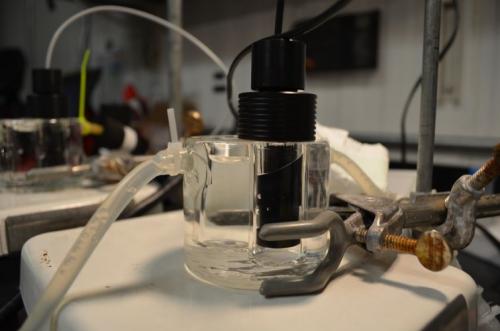
This amazing piece of equipment actually measures the oxygen consumption in each individual cell. She lets the cells consume their oxygen, working away as a computer graph is generated to show this. You see a continual downward slope. And then she does a sneaky thing - she adds a protein synthesis inhibitor. Who can tell me what this shows us? Did I hear that this stops the synthesis of protein? Good. So now the amount of energy saved because they can no longer make protein will be reflected in the graph. This means that the oxygen consumption will be less. And that is what Theresa is measuring - how those slopes differ with the three types of fish. How cool is that?!
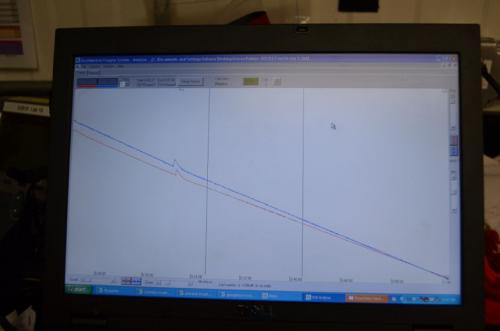
In between her shaking, stirring, graphing, oxidizing, and dissecting she finds time to bake us some fantastic treats. For those who like the gross side of science, I have a treat for you at the bottom of the page. As for what she is finding out, well that is something for another day.
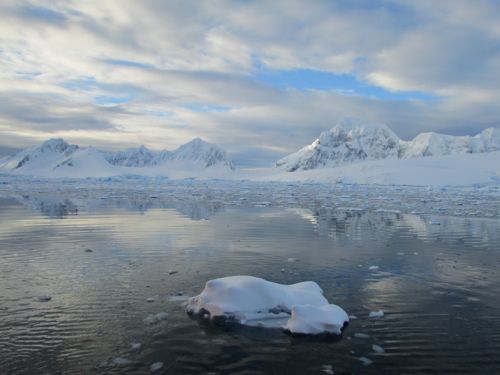
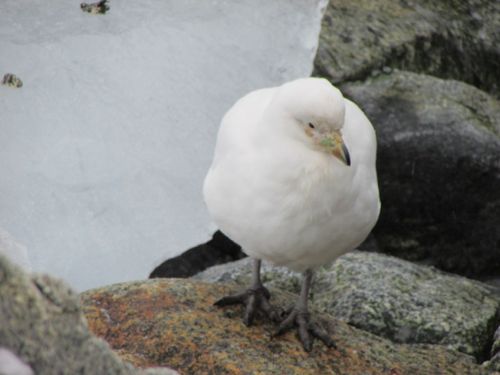
If you think that is gross...keep looking. :)
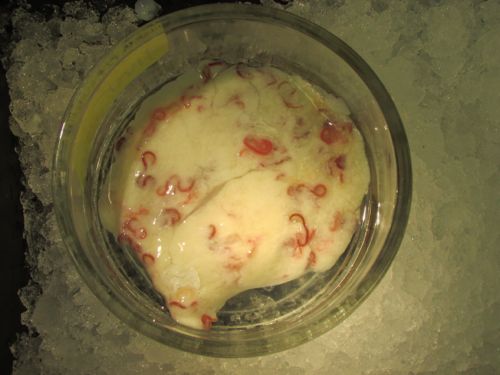
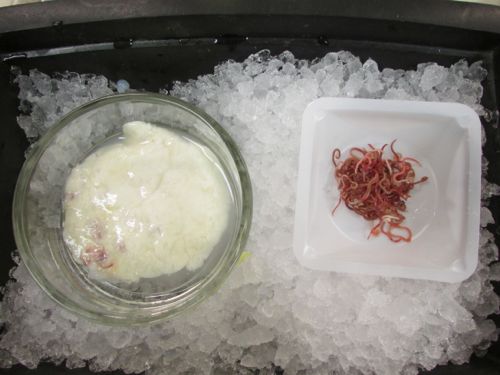
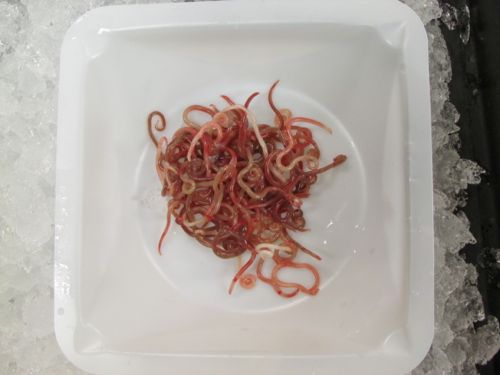


Comments